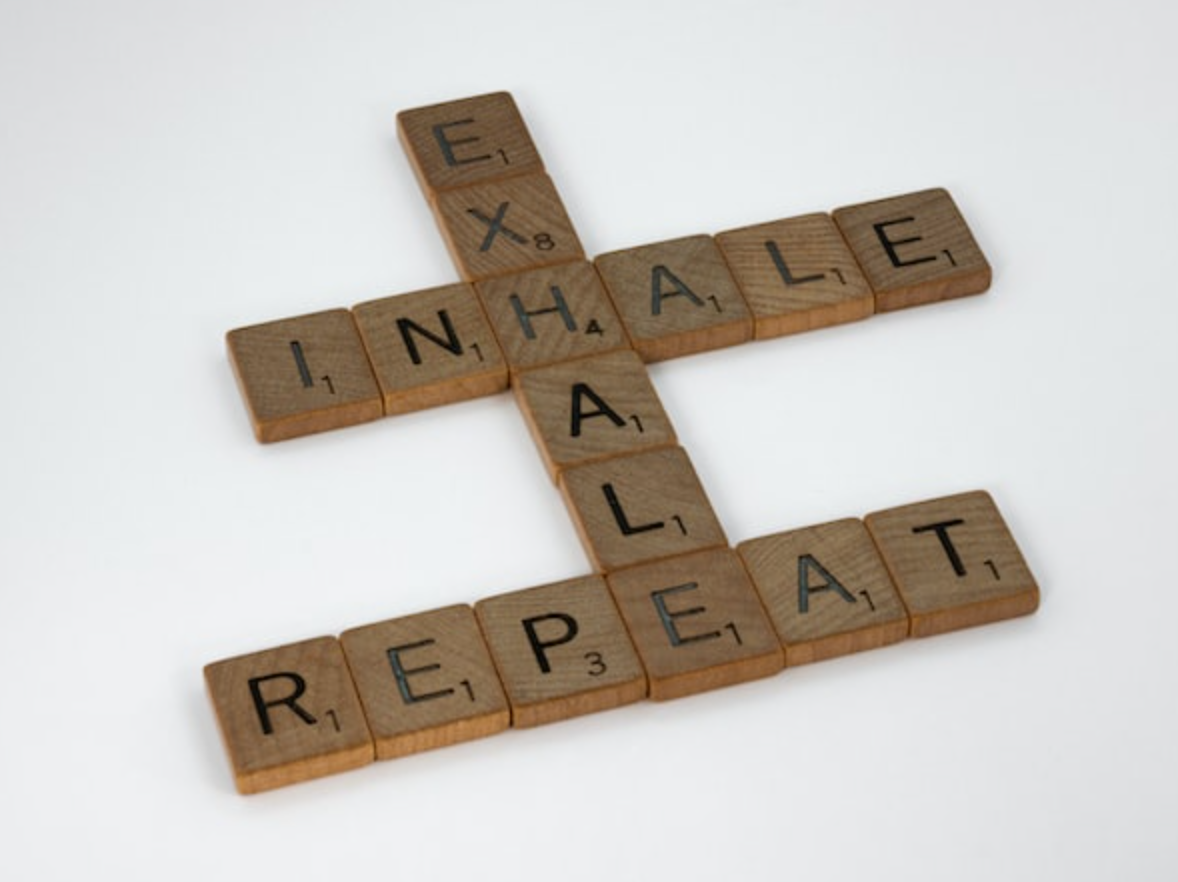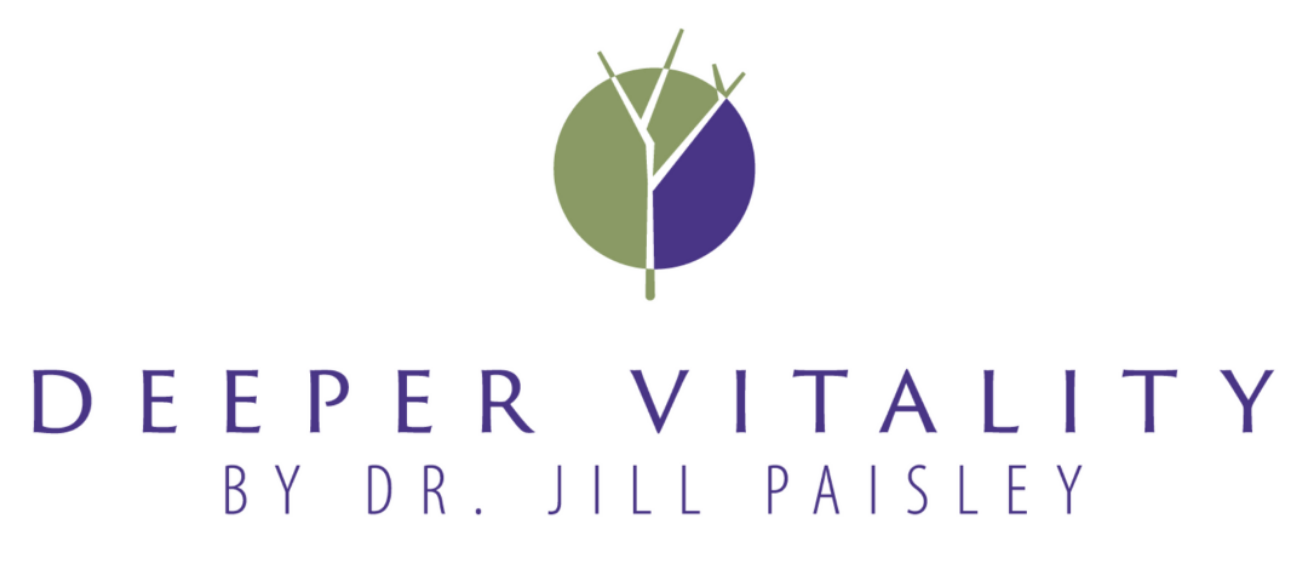The Difference Between Breathwork and Meditation
Mar 29, 2023
Are meditation and breathwork the same thing?
Many styles of meditation include breathing within its practice. In fact, there are styles of meditation that include breathing to help quiet the mind so that your meditation practice is easier to do. It helps to focus the mind as well as quiet the mind. Meditation helps to create mindfulness (think Taking the Time To Just BE) and stay more present in your life.
Here are the 5 most common types of meditation:
- Mindfulness Mediation – means being aware of yourself, in the moment, your thought pattern etc. Once you develop a meditation practice, then this awareness can translate into your daily life. It slows down the pace of life and enriches each moment. You can be mindful in everyday activities such as when you are brushing your teeth, doing the dishes or eating. Like all meditations, this practice helps to create a sense of presence in your life.
- Body Scan Meditation – This practice helps one to feel more relaxed. You start with a deep breath in and out and focus on your feet, notice them resting on the ground and relax them, you would move up to the legs doing the same thing all the way up to your head. Noticing any tension or tingles, even pain in your body helps to release it.
- Walking Meditation – This meditation is done in silence and you focus on your footsteps as they contact the ground. The heel strike, the rolling of the foot and the push off the toes. Sitting meditation is very difficult for some people, and walking meditation helps those who are prone to more activity.
- Loving Kindness Meditation – You inhale and exhale and use the phrase “May I be happy, may I be healthy, may I be safe”. Then you use that same phrase and think of another person, then using it again, you think about your community. Then it continues to the neighborhood, the city, the state, the world and the universe. This is spreading kindness to everything!
- Transcendental Meditation – This style of meditation is done with a phrase or mantra. Something as simple as OM or I am worthy. These phrases or mantras are there to bring awareness, just like breathing does.
According to the Mayo Clinic, the emotional and physical benefits of meditation can include:
- Gaining a new perspective on stressful situations
- Building skills to manage stress
- Increasing self-awareness
- Focusing on the present
- Reducing negative emotions
- Increasing imagination and creativity
- Increasing patience and tolerance
- Lowering resting heart rate
- Lowering resting blood pressure
- Improving sleep quality
Let’s face it, meditation is hard, quieting you mind is like not thinking of a pink elephant. Because one uses their mind to quiet their mind, and it can feel counterintuitive. I am a meditation teacher and when I first started practicing, I found it very difficult to quiet down the monkey mind.
So, what is breathwork then?
Breathwork has many different styles that might include yogic breathing (including Pranayama), Shamanic Breathwork, Transformational Breathwork, Holotropic Breathwork, Rebirthing Breathwork, Wim Hof Breathwork, box breathing or counting breaths, Circular Breathwork, Conscious Connected Breathwork, and more.
How do all these different types of breathwork differ? Here are the 6 main styles of breathwork that are the most popular.
- Holotropic Breathwork – This is one of the most popular styles of breathing. It is done as a fast breathing and the sessions are much longer than most. It generally is an all-day workshop and if you want to practice it regularly, there is a serious time commitment. With everyone’s busy schedules, I’m not sure this is practical for most people.
- Shamanic Breathwork – This is a guided circular breathingtechnique incorporating the use of breath retention and toning (making the sounds of the chakras) where participants lay down whilst listening to tribal music or drumming and is guided by a facilitator. It is very ceremonial with crystals and incense to clear the space before the practice.
- Rebirthing Breathwork – This is one of the oldest and most recognized methods of breathwork. This is the very first experience I had with breathwork. It was a good experience for me, but the instructor did not explain everything that I might experience and the unknown is always scary. I did the rebirthing clothed, but there are some rebirthing done in pool without clothes and this could turn some people off.
- Transformational Breathwork – I have found that all breathwork is transformational and in this style, there are also included making long sounds while breathing or taping (a slapping your hands and feet on the floor). I don’t feel this is needed to have a transformation.
- Wim Hof Method – This gentleman is the most popular Breathwork teacher currently because of some of his eccentric actions, like being in extreme cold with only his shorts on. He uses breath holds and usually 3 sets of 30 breaths instead of a continuous breathing (like the style of breathwork I do). He also combines breathwork with ice baths. This is hard to do in a class and hard to get people to participate. Personally, I don’t even like getting into a cold pool.
- Conscious Connect Breathwork – This is the style of breathwork that I teach.
This practice is purposefully connecting your inhale to your exhale. This is 2 breaths in and one breath out without a pause between the inhale and exhale and is all done with an open mouth. I chose to teach this style of Breathwork because it was the most powerful in creating positive change I had out of every method I tried. From the very first session, I felt a difference right away. I have gone to therapy and really didn’t know what was interfering with how I interfaced with the world and with this type of breathing, I felt like I had been in therapy for years after that very first session. And I noticed that each session can be different from the previous one, allowing for more growth and expansion. It is absolutely life changing.
According to the Mayo Clinic, the benefits of breathwork include the following:
- Muscle activity – when you breath into your diaphragm, it gives your accessory breathing muscles in you neck, shoulders and chest a chance to rest
- Alkalizes you blood pH
- Balances the autonomic nervous system – the rest and digest with the fight or flight
Also, from my experience, Conscious Connected Breathing stimulates the Vagus nerve (note, not the “what happens in Vegas stays in Vegas” adage). This is the longest nerve in the body and it goes from the brain to many organs and organ systems in the body. By stimulating this nerve, you help those organs and organ systems function better. Also, certain types of breathwork help to release the past, helps you let go of old physical and emotional traumas that you hold in your body, it also helps to release anxiety, stress and depression. Breathwork also helps one to create a more purposeful life when you lay down to breathe with an intention. Meditation can also do all these things, but I find that breathwork does it more expediently than meditation.
Breathwork and meditation are both very beneficial for helping to live a more present life and so as a teacher of both, please find the one that works best for you and practice it daily.
I have seen people heal so much from just one session of breathwork. It does take a little bit of work but on the other side of that work there is something tremendous. I have healed from the feeling of being unworthy that I have had since I was a child. It has made me feel more fulfilled and peaceful than I have even been in my life. From my experiences treating patients for over 25 years, I have seen the toll that carrying around all these traumas can cause. The people that were the most stressed out, the most anxious and the most unhappy, they had the most chronic dis-eases and were sick more often, and they eventually succumb to serious illness like heart attacks, cancer, chronic colds, auto-immune disease.
None of us have gotten through our lives without some scars and struggles, and both meditation and breathwork are great ways to heal your life. They each take some work on your part, but having the power to heal yourself, to take control of your existence (by giving in to not having control) is the greatest gift you can receive.
And it’s just a breath away!
Though meditation and breathwork have similar potential outcomes, I find that meditation takes a little longer to obtain the same goal. It took me longer to be able to meditate than it did to practice breathwork, and breathwork helped me to release more things in a shorter amount of time. My professional and compassionate advice is to do the one that you will actually DO. If one suits you better and you get more joy out of it, and you develop a daily practice of it, then do THAT one.
It will make a world of difference in your life, I promise you.
Think you may be ready to take the first step toward holistic wellness with self-healing?
Work with Dr. Paisley directly, or download the free eBook,
5 Steps Steps Closer to a Doctor Free Me now!








